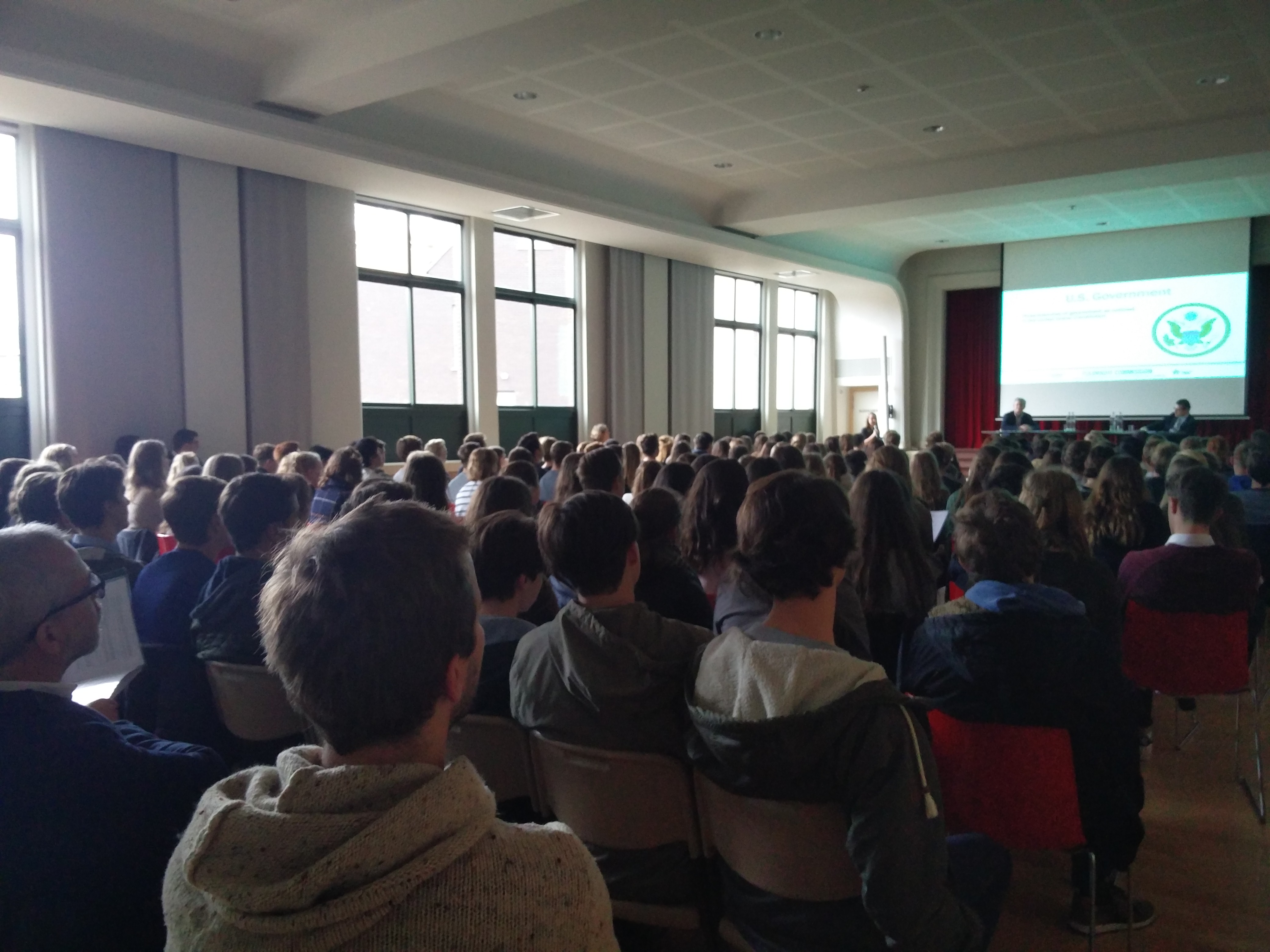
Belgian Gates
The “Belgian Gates” Program consists of a course learning children age 10 to 12 to code, more specifically introduce them in the field of cyber-security. The course is an answer to the growing demand of companies in need of cyber-security specialists, most of them coming from Asia these days. In order to create a group of European based cyber-security experts “The 7R Future Leadership Institute” decided to start a course on cyber-security in Belgium, where the EU and NATO have their headquarters. The course has been designed by the e-learning company “Webgeestig”.
More information on how to enroll will be posted shortly.

The Belgian Gates formed the main barricade element of the Belgian KW-line, a tank barricade that was built between September 1939 and May 1940.
The name of the course “Belgian Gates” comes from a heavy steel fence of about three meters wide and two meters high, typically mounted on concrete rollers, heavily used as a mobile anti-tank obstacle during World War II. These fences were called Cointet-elements, Belgian Gates or later C-elements.
An individual fence element weighted about 1,280 kg but was movable e.g. with two horses through the use of two fixed and one rotating roller. Its invention is attributed to a French colonel, Léon-Edmond de Cointet de Fillain (1870-1948, later to become general), who came up with the idea in 1933 during the run-up to WWII, as to be used in the Maginot Line. Besides its use as barricade to the entrance to forts, bridges and roads, the heavy fences are most-known for their use in the Belgian Iron Wall of the KW-line (Koningshooikt – Wavre line) and the re-use as beach obstacles on the Atlantikwall.
Following some tests, the Belgian army accepted the Cointet-elements in 1936 after slightly altering the design by the addition of eight vertical beams in the front frame to avoid penetration by infantry. On 13 February 1939 and 24 July 1939 the first tenders were asked for ten groups of each 500 Cointets. Eventually, a total volume of 77,000 pieces was ordered by the Belgian Ministry of Defence and produced by 28 Belgian companies. About 73,600 pieces were delivered.
Thousands of Belgian Gates were installed on the KW-line between the village Koningshooikt and city Wavre to act as the main line of defence against a possible German armoured invasion through the heartland of Belgium, forming one long iron wall. The Cointet-elements were placed next to each other in a zigzag-line and connected with steel cables. Near main roads they were fixed to heavy concrete pillars that were fixed into the ground to allow local traffic passage. In May 1940 however, due to a relocation programme, the elements didn’t form a continuous line and thus were easily by-passed by 3rd Panzer Division and 4th Panzer Division of the German Army.


















